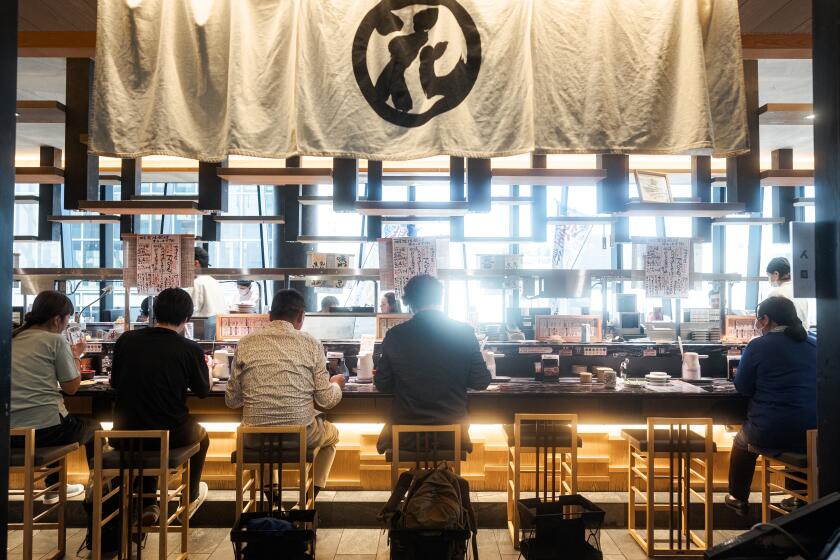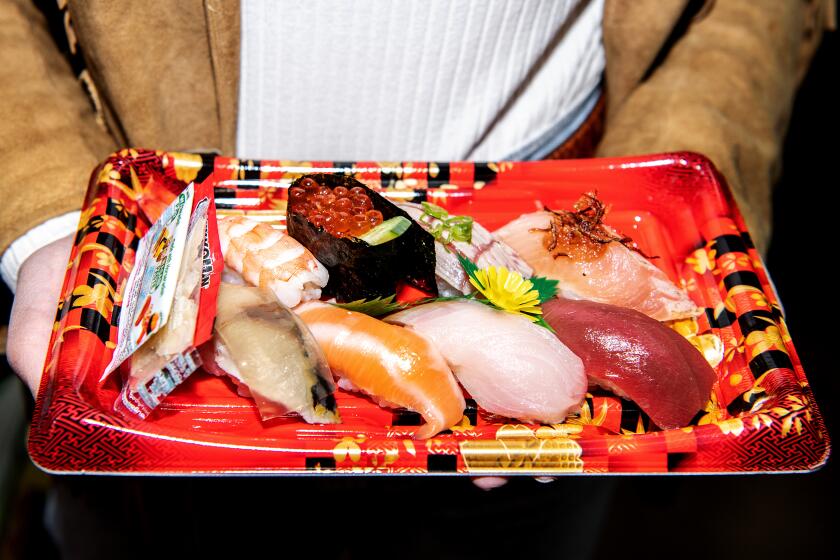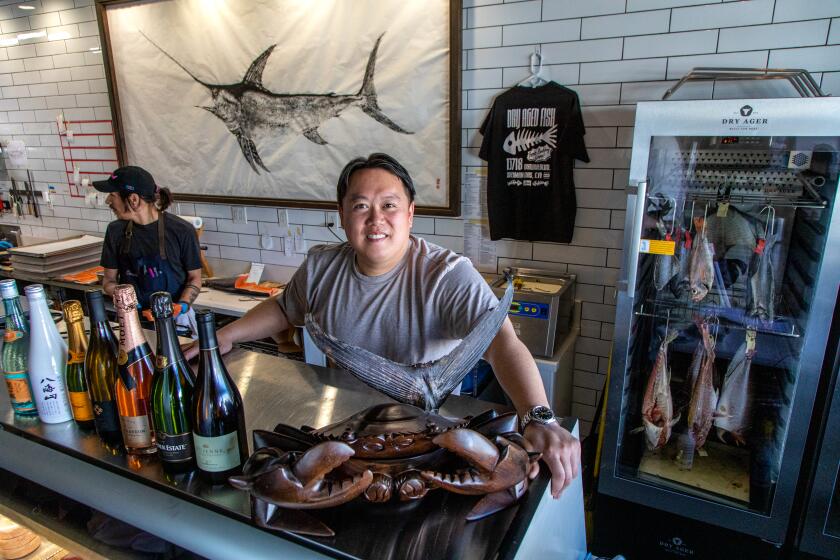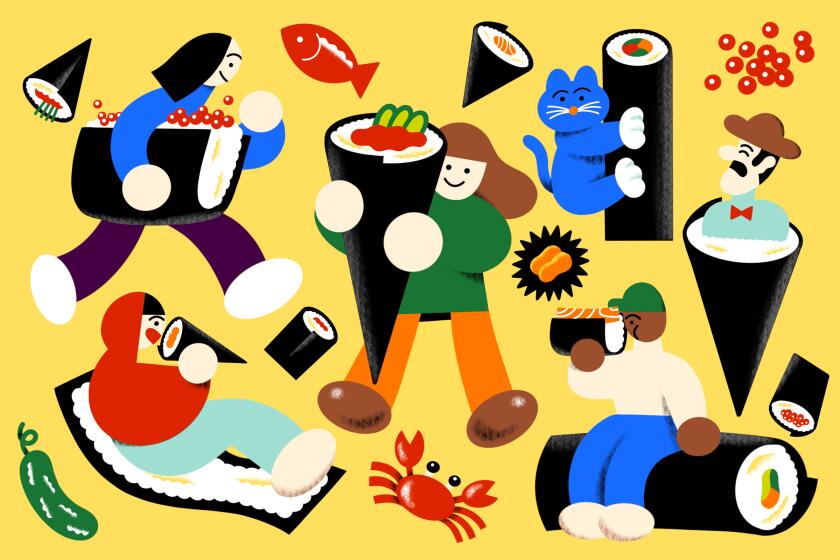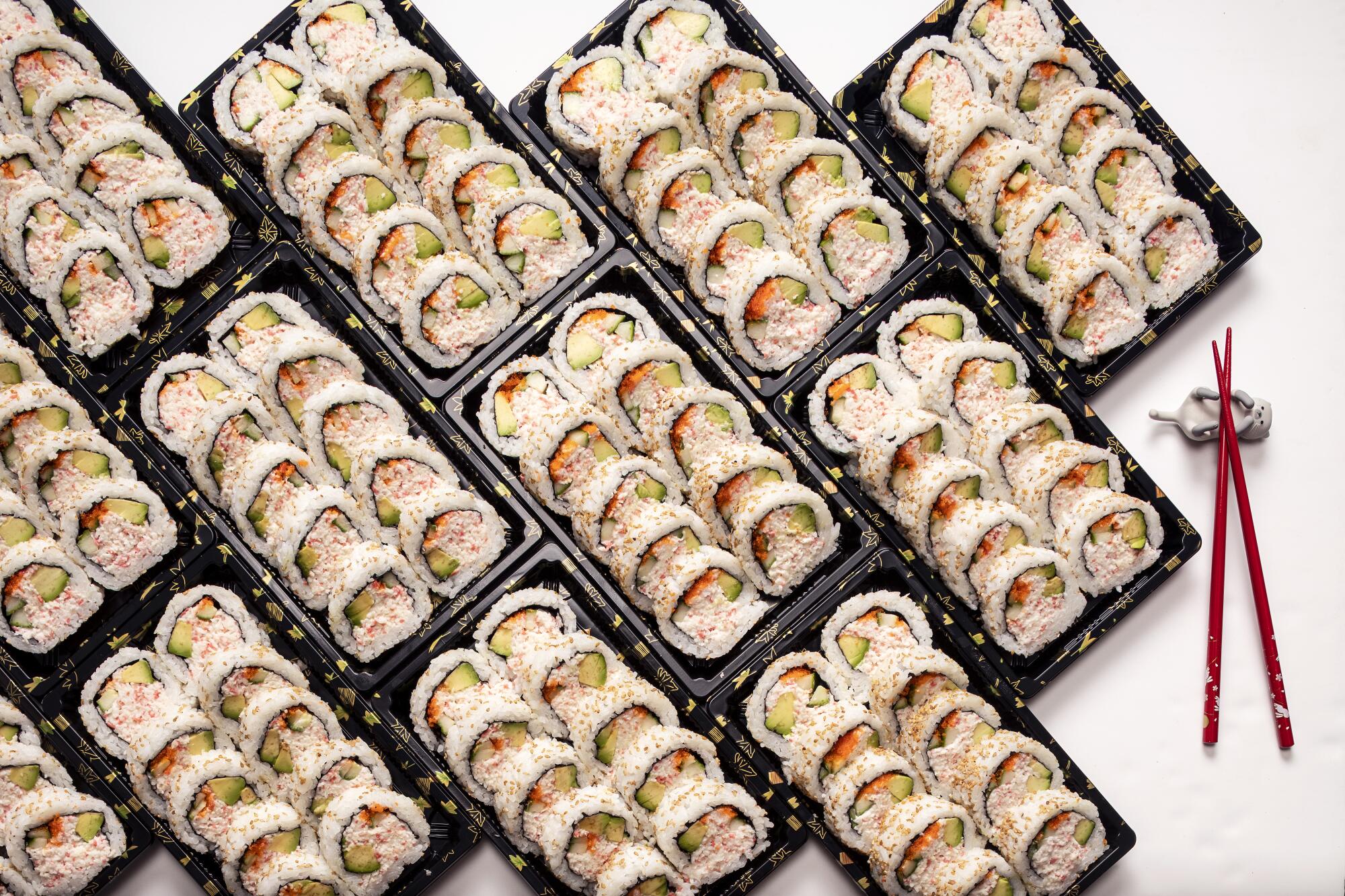
Not all imitation crab is created the same. Just ask Kenzo Yamada. Also known as Yama-san to locals, he opened Yama Seafood market in San Gabriel in 1984 and started making California rolls 20 years ago. By paying attention to every detail, from the type of imitation crab to the ripeness of the avocado to the crunchiness of the cucumber, Yama Seafood has created the ultimate California roll. It’s big (nearly 2 ½ inches in diameter), creamy (made with plenty of mayo), has a high faux-crab-to-rice ratio and is always consistent.
This is your guide to what the best sushi city in America has to offer, from the ultimate California roll to spectacular omakase.
The store’s signature California roll was Yamada’s idea to help expand the fish-market business. (It certainly wasn’t the first California roll: The invention is credited to chef Ichiro Mashita at Tokyo Kaikan in Little Tokyo in the late ’70s, according to “The Story of Sushi.”) But Yamada and his first employee, Luis Enrique “Kike” Moreno Diaz, worked together to make a California roll that differentiated itself from the rest.
Perfecting it has been a two-decade evolution. “Over time we had to craft it until we came out with that particular size because we were adjusting either the rice, the amount of mayo, the amount of kani [crab], avocado,” said manager Moreno, who is from Michoacán and has been working at Yama for the nearly 40 years it has been open (he started learning Japanese before he spoke English).
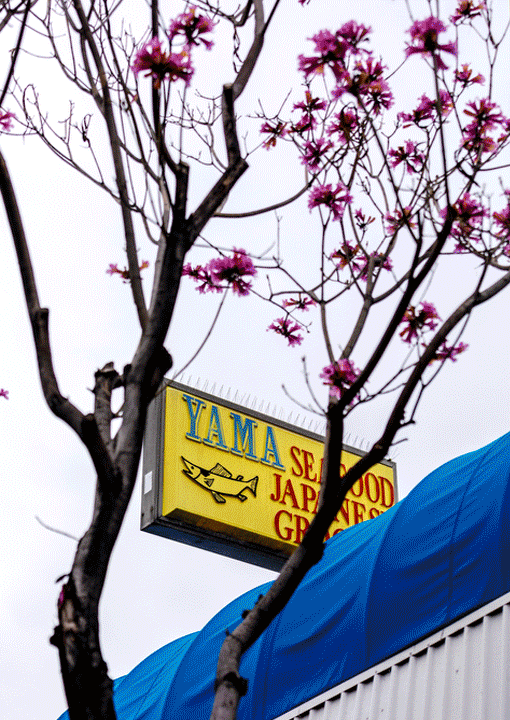
“If you put too much filling of imitation crab meat, when you eat it, it doesn’t match with the other stuff,” he said. “You’re kind of missing the avocado, or the cucumber. This is the ratio we came up with — the perfect match for everything.”
The current generation of omakase chefs in Los Angeles are returning to the essence of the cuisine. A trip to Tokyo confirms what’s been driving their pursuit for excellence.
Yamada, a fish broker from Kyoto, retired two years ago but recently stopped by the store to talk seafood and sushi. “We know. Other people don’t know. They think imitation crab is imitation crab. Not much different. But it’s different,” he said. Moreno said that even mayonnaise from the same brand can vary from case to case. The age of the cucumber affects the thickness of the skin. “All those things like that. Something you don’t know what it is, but it’s a little bit better. You have to look for very tiny things.”
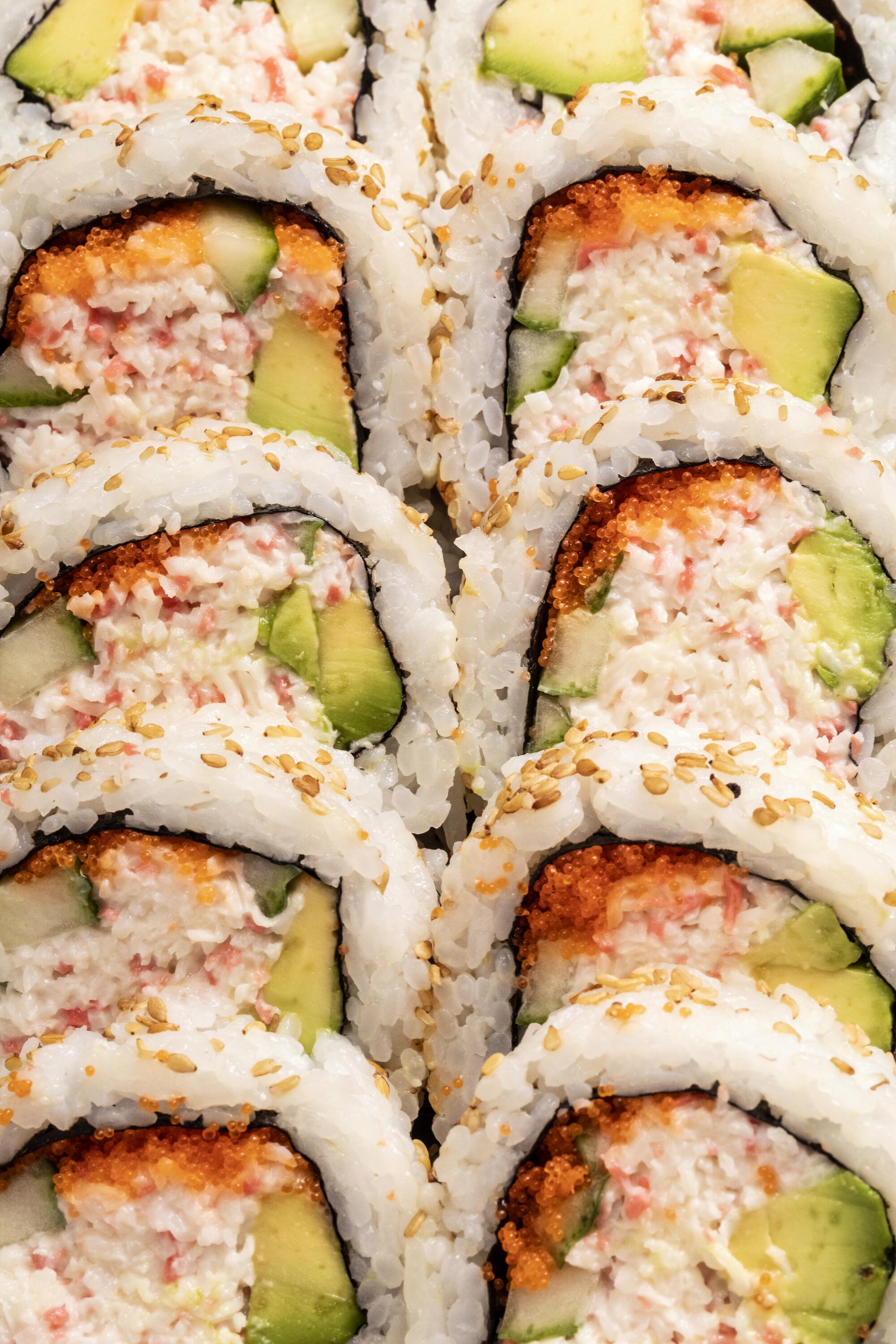
Two years ago, Yamada sold the store, one of the only (if not the only) family-run Japanese fish markets in the San Gabriel area. The Kohno family and partner Alex Soto now own the business and have expanded to a second location in West Los Angeles.
The original store looks much as it has over the last four decades. But Scott and Wendy Kohno — retail consultants for Japanese department stores — have added items such as imported furoshiki (textiles for wrapping gifts) and training chopsticks for kids, along with artisan soy sauce and a serious sake collection (Wendy Kohno is a certified sake sommelier). It’s a Japanese Trader Joe’s meets Tokyu Hands meets retro fish counter that’s about the size of a small 7-Eleven. (Note: The entrance is in the back.)
Where to find the best supermarket sushi in Los Angeles — seared salmon nigiri, the freshest sashimi platters, hand rolls filled with negitoro and more.
Longtime employees such as Moreno still work at the store. Victor Humay, assistant general manager (his nickname is Mr. California Roll), oversees every aspect of making rolls, which include not just the California kind but also salmon and avocado, spicy tuna, unagi (eel) and more — all displayed in the refrigerated cases that line one store wall. “We make the last roll of the day just like the first roll of the day,” Humay said. “Making every single roll the same, that’s my thinking.”
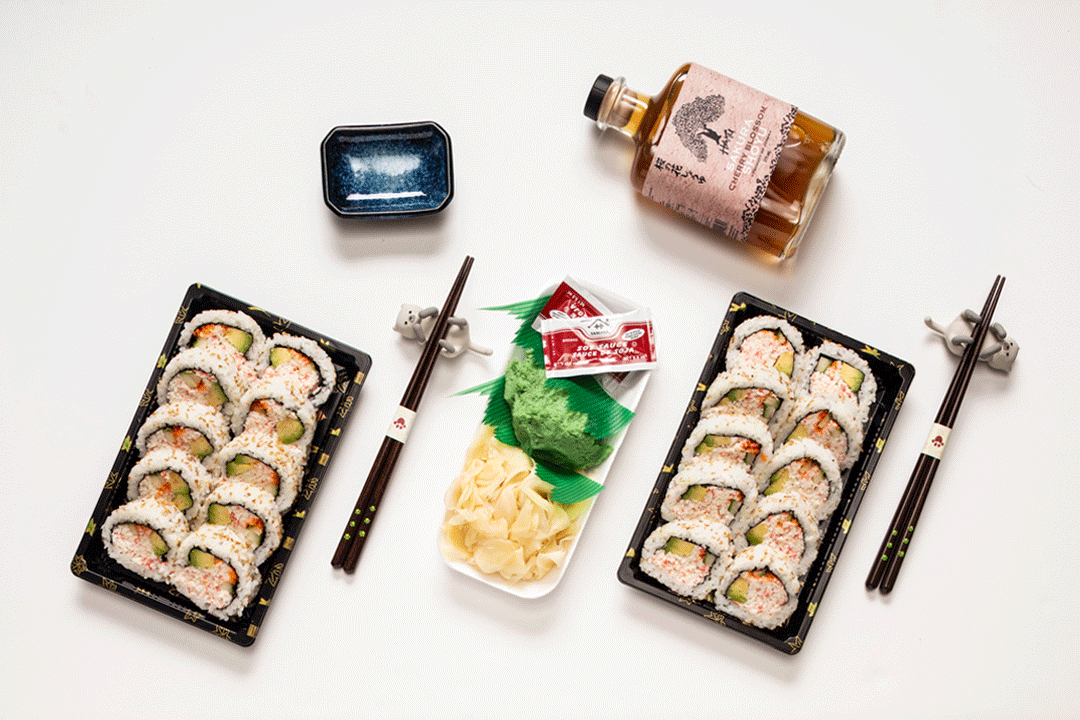
The seafood counter is the hub of the store. “I like the fish business, not a restaurant, not a sushi bar, fish business. A mistake,” Yamada joked. “Sushi business, more success.”
In the beginning, “We sold all kinds of fish, many kinds — squid, sardines, mackerel, plus Japanese grocery,” Moreno said. “But day by day, fish business was shrinking.”
Yet the counter is always buzzing and stocks a full daily selection of fish for sushi: hamachi, Hokkaido scallops, ahi tuna, bluefin tuna, octopus, Scottish salmon. Scott Kohno said that at the San Gabriel and West L.A. stores, demand for sashimi-grade seafood continues to increase, and “the seafood case is the the main attraction.”
The owner of the Joint talks seafood, preservation and a sprawling new facility that will bring dry-aged fish to the masses.
The kitchen has expanded yet is still tiny. Early on a weekday morning, four people are in the kitchen preparing rolls. All of the rolling of sushi is done by hand, but more recently, the kitchen has been outfitted with machines for washing, cooking and mixing the rice with seasoning.
One machine is dedicated to measuring the cooked, seasoned rice and spreading it into flat sheets that precisely fit the seaweed used for rolls. “We put the rice in the top, it fits the rice,” Moreno said. “So we don’t have to spread it by hand and we’re able to have three, four people working at the same time. We have to look for ways to do this.”
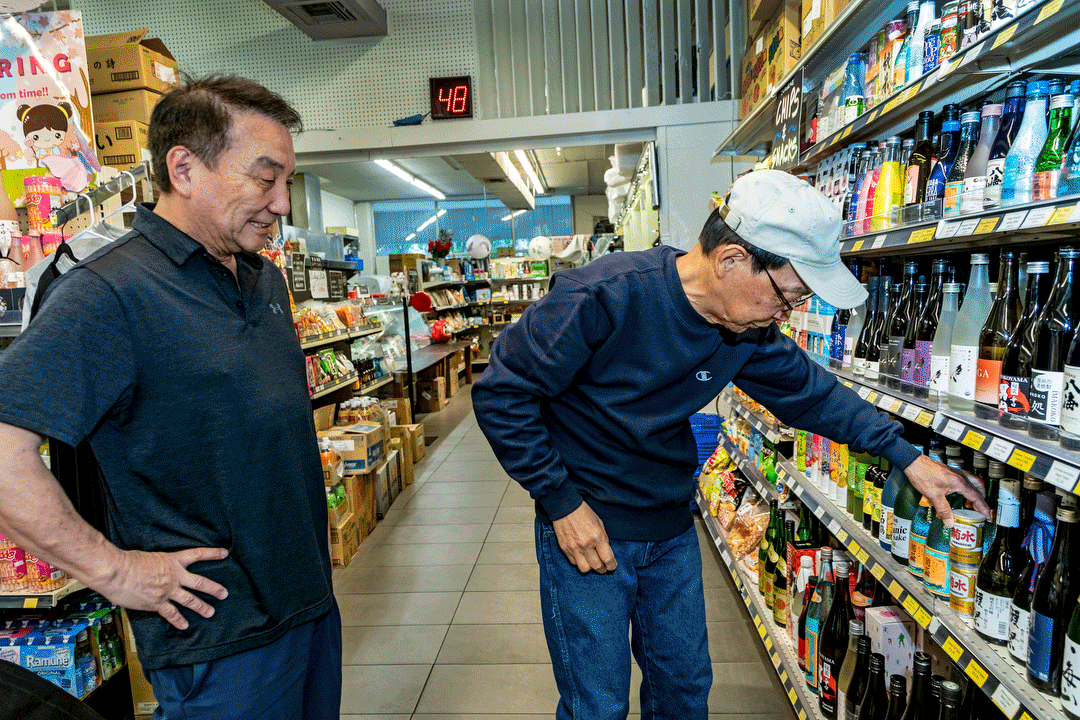
That’s because by midafternoon it isn’t uncommon to find the refrigerated case for sushi nearly empty. Fresh sushi is made throughout the day (nothing sits for more than two hours, according to Humay), but it sells out fast. (Pro tip: You can preorder platters online for pickup.)
The rolls are so popular that physical altercations have been known to break out over the last box of sushi. “Two ladies both grabbed and fought over the last California roll and it dropped to the ground spilling all over the floor,” Scott Kohno said. In another case, one man yelled at and reprimanded the customer ahead of him in line for taking the last California rolls.
“There’s one thing good and one thing bad about the Yama California roll,” Moreno said. “The good thing is you like it, the bad thing is you don’t like it anywhere else.”
Yama Seafood, 911 W. Las Tunas Drive, San Gabriel; Yama Sushi Sake Attitude, 11709 National Blvd., Los Angeles; yamaseafoodla.com.
The best hand roll bars in Los Angeles are part of the fabric of the city’s sushi scene, serving delicious, super-fresh temaki at affordable prices.
More to Read
Eat your way across L.A.
Get our weekly Tasting Notes newsletter for reviews, news and more.
You may occasionally receive promotional content from the Los Angeles Times.


